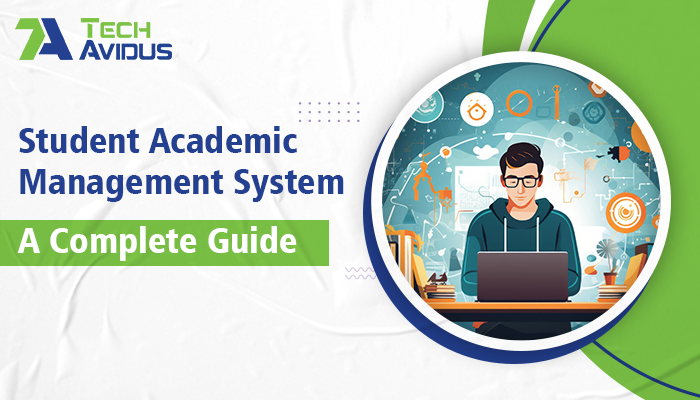
In today's fast-paced educational environment, managing student data and academic processes efficiently is crucial for the success of any institution. A Student Academic Management System (SAMS) is an integrated solution designed to streamline these processes, providing a comprehensive platform for handling everything from enrollment to graduation. In this guide, we'll delve into the key features, benefits, and implementation strategies for a successful SAMS.
A Student Academic Management System is a software solution that automates and manages various administrative and academic tasks within an educational institution. It encompasses modules for student enrollment, attendance, grade tracking, timetable scheduling, and communication between teachers, students, and parents. By centralizing these functions, a SAMS improves operational efficiency and enhances the overall learning experience.
Implementing an Academic Management System is a significant step towards modernizing and enhancing the efficiency of educational institutions. By automating administrative tasks and improving data management, a SAMS can transform the way schools and universities operate, leading to better outcomes for students, teachers, and administrators alike. Investing in the right system and following a structured implementation process will ensure that your institution reaps the full benefits of this powerful tool.
We have the most experienced Top 1% of Tech Talent Teams who can deliver superior technology solutions.
All Rights Reserved. Copyright © 2025 | TechAvidus